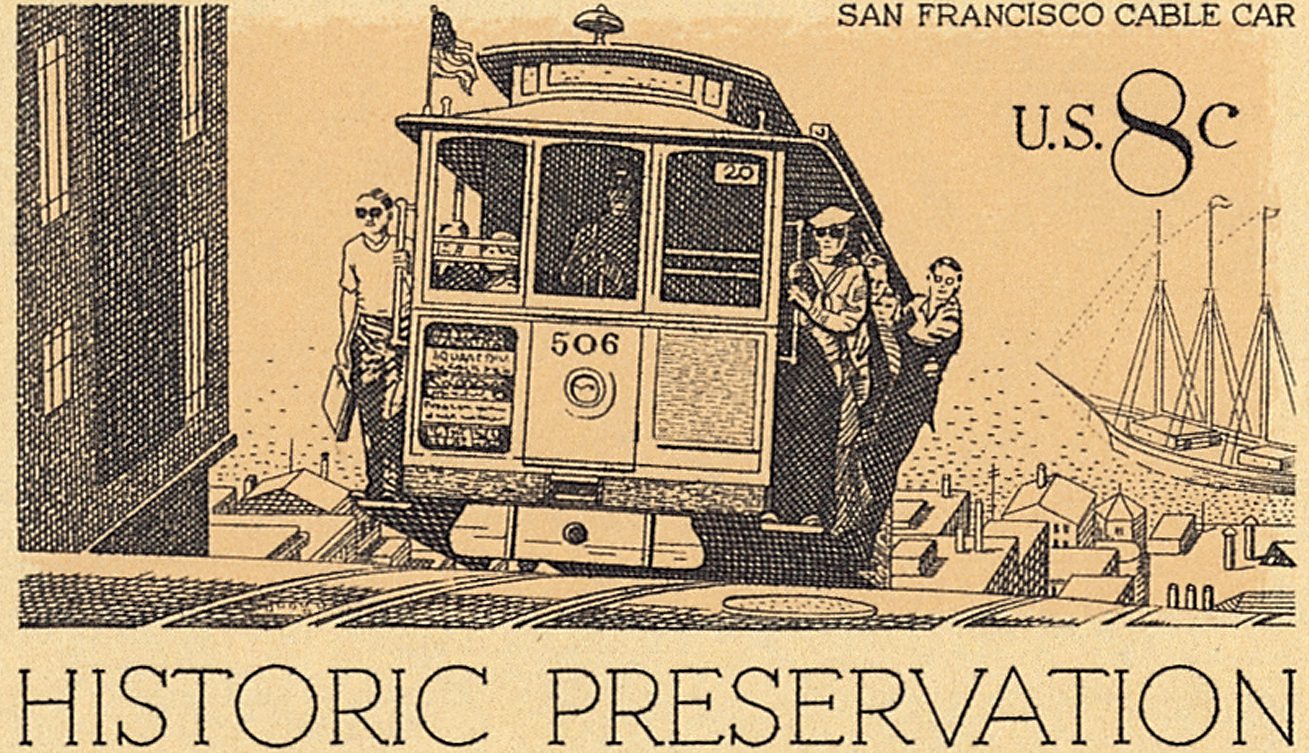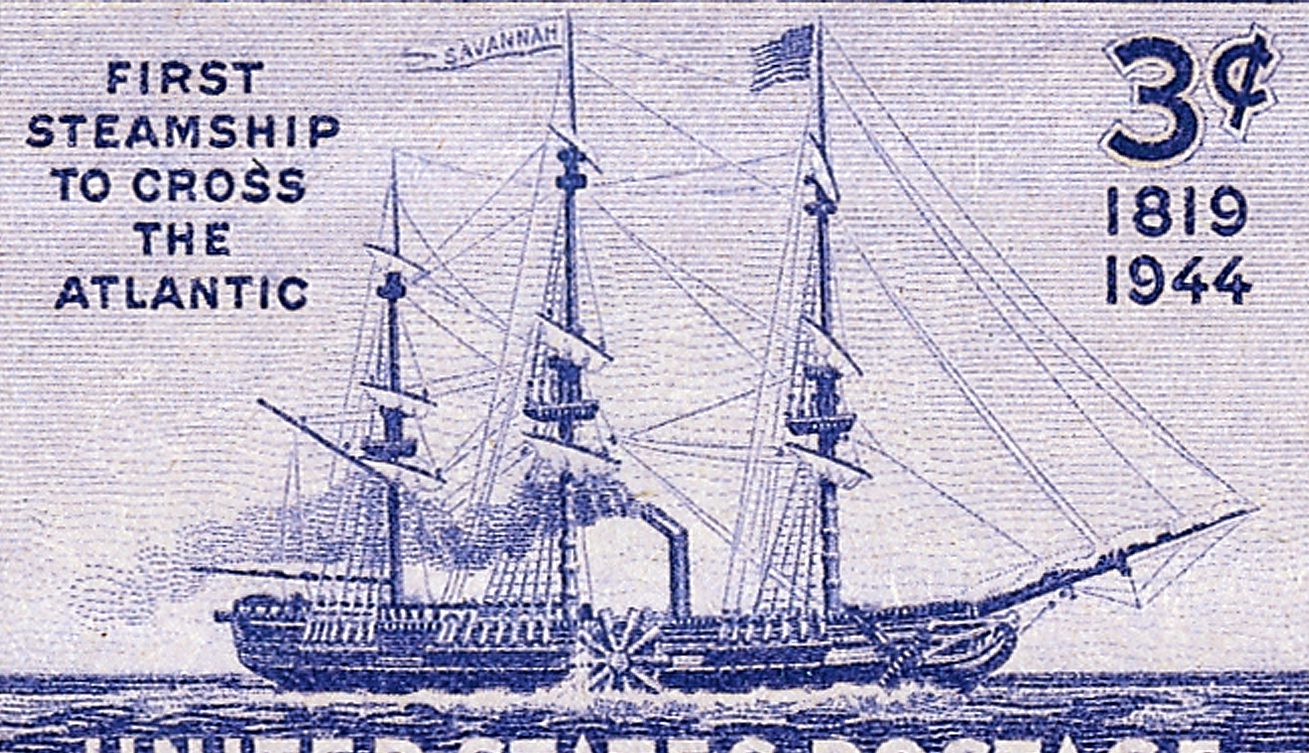“Fulton’s Folly” Makes First Commercially Successful Steamboat Voyage
At the behest of his critics, Robert Fulton launched his steamboat from New York harbor on August 17, 1807. While many had their doubts, Fulton proved the commercial viability of steamboats, which would rule American waterways for the next half-century.









